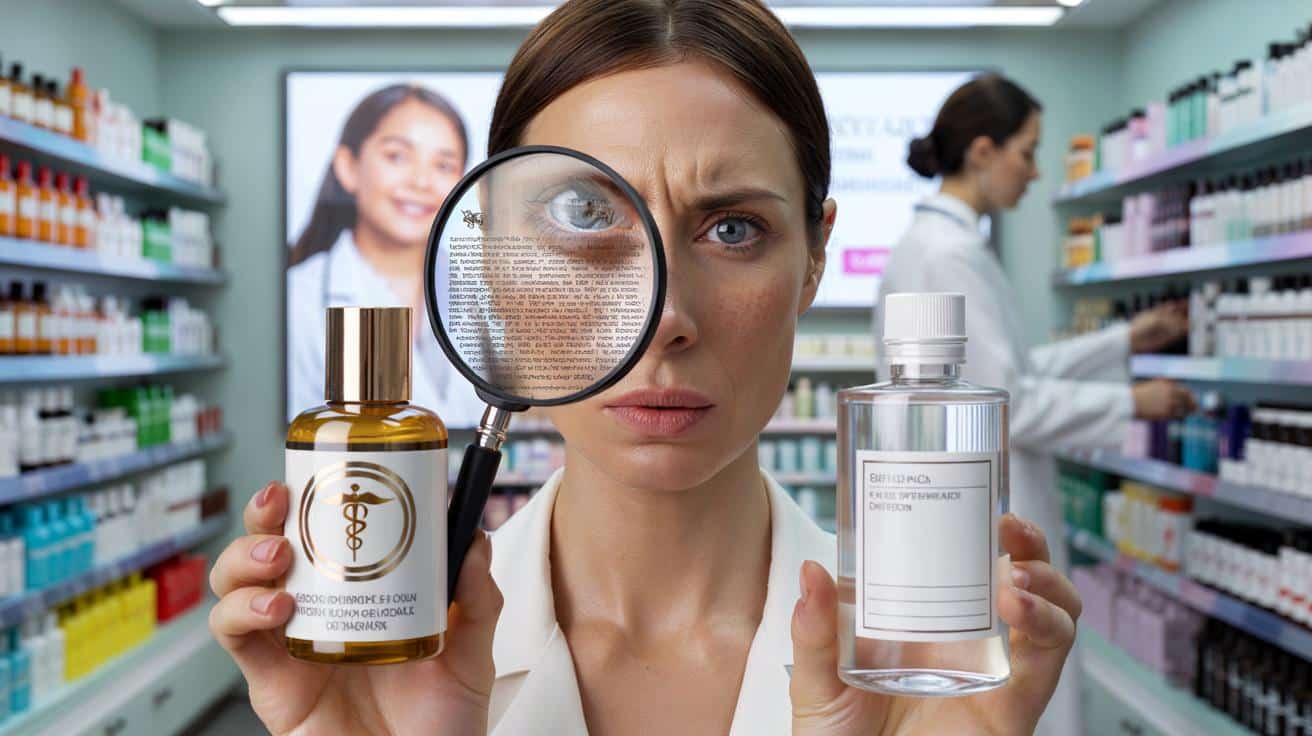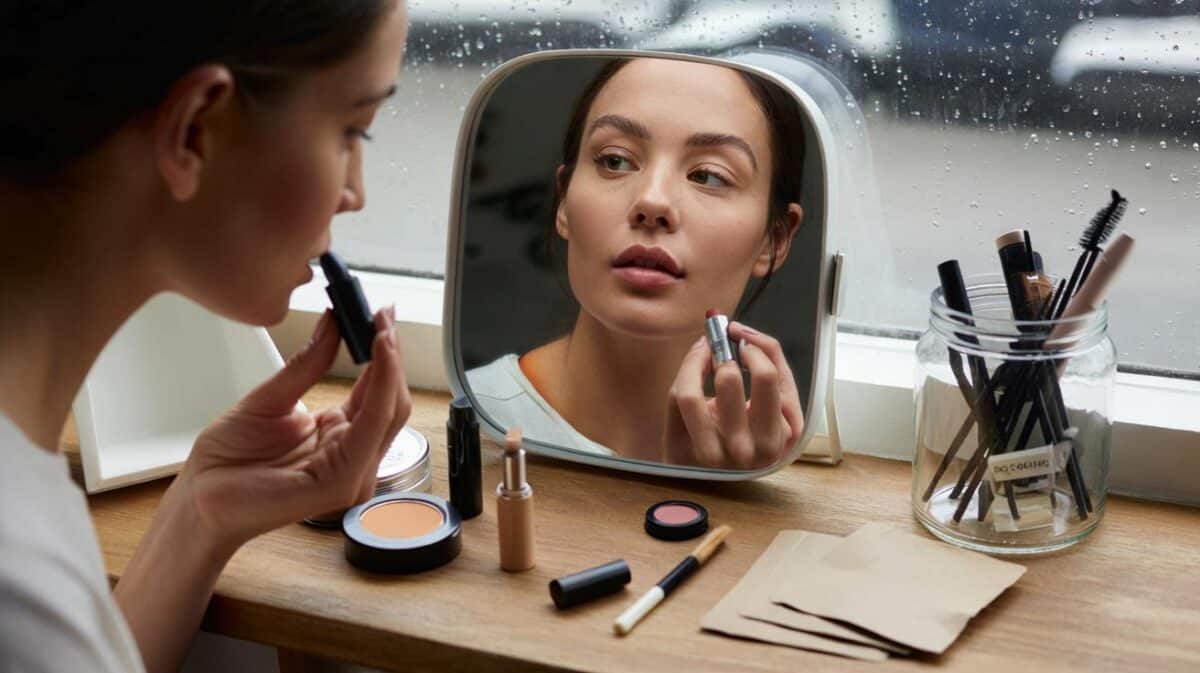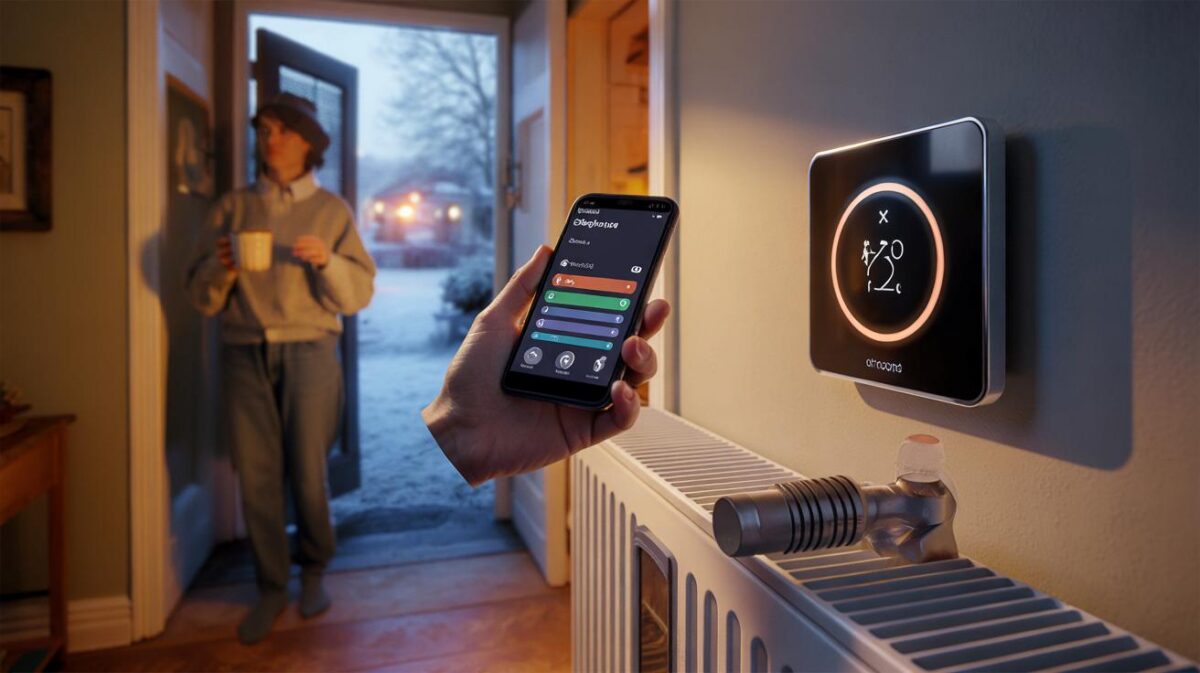A seal, a white coat, a stamp that whispers, “You’re safe with me.” Those three words — doctor recommended — carry a weight that marketing teams know how to lift. The real question is simple and sticky: who are these doctors, what did they actually recommend, and how close is that promise to your bathroom mirror?
I watched a woman in a London chemist hover over a row of cleansers, reading the tiny grey print like it held state secrets. A glossy sticker claimed “Recommended by dermatologists,” and there it was: the inevitable asterisk. The fine print sent her to a website that housed a “panel survey” and a handful of glowing quotes, many from doctors who had worked with the brand on “educational content.” She sighed, put the bottle back, and reached for a cheaper one with no halo, only a clear ingredient list. That label had no story at all. The asterisk did.
What “doctor-recommended” really means on your shelf
Those words tend to mean a panel of healthcare professionals voiced approval after a brand-led test, not that your GP wrote a prescription. In the UK, the ASA expects any claim to be backed by robust evidence, yet “robust” has wiggle room in cosmetics. Brands can truthfully say “recommended” if a sufficient number of doctors in a survey ticked “yes” to a question like “Would you recommend this to suitable patients?” The nuance lives in “suitable” and in the survey design.
Take the famous “9 out of 10” line. The sample might be 50 dermatologists brought together by a research agency, with compensation for their time, and a product supplied by the brand. The question wording, the testing window, and whether those doctors compared the product to anything else rarely make the front label. We’ve all had that moment when the front sounds certain and the back reads like a hedge. That’s not fraud. It’s framing.
The UK splits skincare into cosmetic and medicinal territory. Cosmetics can claim to cleanse, protect, moisturise, brighten; stray into disease language and you meet the MHRA. *The label on the bottle is not a medical degree.* “Clinically proven” might mean a small brand-run study without a control group. “Dermatologist-tested” often means a supervised patch test for irritation, not effectiveness. **Advertising rules allow ‘doctor-recommended’ claims that would surprise you.** The science exists; the storytelling often stretches it to fit the shelf.
How to decode the label in 60 seconds
Start at the asterisk. Hunt down the study type, the size of the panel, and funding. If a brand cites “in-use” trials, look for a comparator and a timescale. Scan the INCI list: actives high up, perfume low, no vague “complex” without ingredients listed. If a concentration is stated, great; if not, look for credible ranges (retinol around 0.1–1%, niacinamide 2–5%, salicylic acid 0.5–2%). **Marketing is not medicine.** Give more weight to clear ingredients than to white-coat words.
Common traps are easy to dodge. “Hypoallergenic” is not a guarantee of zero reactions; it’s usually a way of saying “formulated to be less irritating.” “Fragrance-free” can still include masking agents. “Non-comedogenic” has no universal standard, only brand claims or small tests. We live busy lives and most of us shop tired or on a phone at the bus stop. Let’s be honest: no one actually does that every day. When in doubt, buy fewer products, patch test, and pay attention to how your skin behaves over a month, not a weekend.
Doctors do recommend good skincare, yet that doesn’t make every sticker sacred. Many legitimate clinicians consult for brands, speak at events, or co-develop formulas.
“A doctor’s name on a box doesn’t mean it’s wrong, it just means you should read it like a grown-up,” a consultant dermatologist told me. “Ask what was tested, for how long, and compared to what.”
Here are three quick red flags and three green ones you can spot fast:
- Red: “Clinically proven” with no link or study details.
- Red: “Dermatologist tested” used as a stand-in for results, not safety.
- Red: Tiny sample sizes presented with huge certainty.
- Green: Transparent percentages for actives within known effective ranges.
- Green: Independent peer-reviewed data or third-party testing.
- Green: Clear, modest claims tied to realistic outcomes.
Behind the coat: money, bias, and what actually helps your skin
The path from lab bench to bathroom shelf is rarely straight. Brands often fund the testing, recruit the doctors, and approve the language. That doesn’t invalidate the science, yet it does shape it. Results that are technically true can be presented as life-changing. **The asterisk is the real story.** Follow it. Read the footnotes. If all you find are feelings and no numbers, file that claim under “nice to have” rather than “need to buy.”
There’s also the human bit. Skin is moody. Seasons, stress, diet, hormones, water hardness — all of it plays. A product a doctor would recommend to a patient with eczema might be wrong for someone chasing glow. A sunscreen one dermatologist loves for oily skin could feel like cling film on yours. The smartest move is boring: cleanse gently, moisturise enough, sunscreen daily, introduce actives slowly. Shop for your skin, not for the sticker. That’s less glamorous, more real.
Influencers and experts blend constantly on social feeds, and that fog suits marketing. A “doctor” might be a PhD in chemistry, a GP, or a board-certified dermatologist; all valuable, different scopes. Titles matter. If a brand says “doctor-developed,” look for the actual name and field. If the advice sounds like a miracle, it probably isn’t. Patch test the promise. Keep receipts, keep notes, and give your skin the courtesy of time. Results like steady, boring habits.
Something shifts when you stop letting the coat decide and start letting your skin vote. The white coat can still be helpful — for safety, for sensible routines, for reality checks — only now it sits next to your notes, not above them. Marketing will still sparkle. Skin will still be skin. And that asterisk on the label will feel less like a trap and more like a prompt to read, think, and choose. What you buy becomes less about a promise and more about a pattern you can live with.
| Point clé | Détail | Intérêt pour le lecteur |
|---|---|---|
| “Doctor-recommended” | Often brand-run panels with compensated clinicians | Understand the source of the claim before trusting it |
| Key decoding steps | Follow the asterisk, check study size, scan INCI and active ranges | Make faster, smarter choices in the aisle |
| Safe defaults | Gentle cleanse, moisturise, daily SPF, slow actives | Realistic routine that outperforms hype |
FAQ :
- Are “doctor-recommended” skincare labels regulated?In the UK, claims must be substantiated under ASA/CAP rules. The bar is evidence, not endorsement style, and cosmetics can’t make medicinal promises.
- What’s the difference between “dermatologist-tested” and “dermatologist-recommended”?Tested usually refers to safety or irritation checks. Recommended means a panel of doctors said they’d suggest it in certain cases, not proof it outperforms alternatives.
- Does “hypoallergenic” mean I won’t react?No. It suggests a lower risk profile based on formulation choices. Individual sensitivities still apply, so patch testing matters.
- Should I only buy products with clinical studies?Helpful, yes, but not a must. Plenty of basic moisturisers and cleansers work without glossy trials. Performance comes from formulation, not only from a PDF.
- How can I tell if a brand’s study is credible?Look for sample size, control or comparator, time frame, endpoints with numbers, and who paid. If details are hidden, treat the claim as soft.








